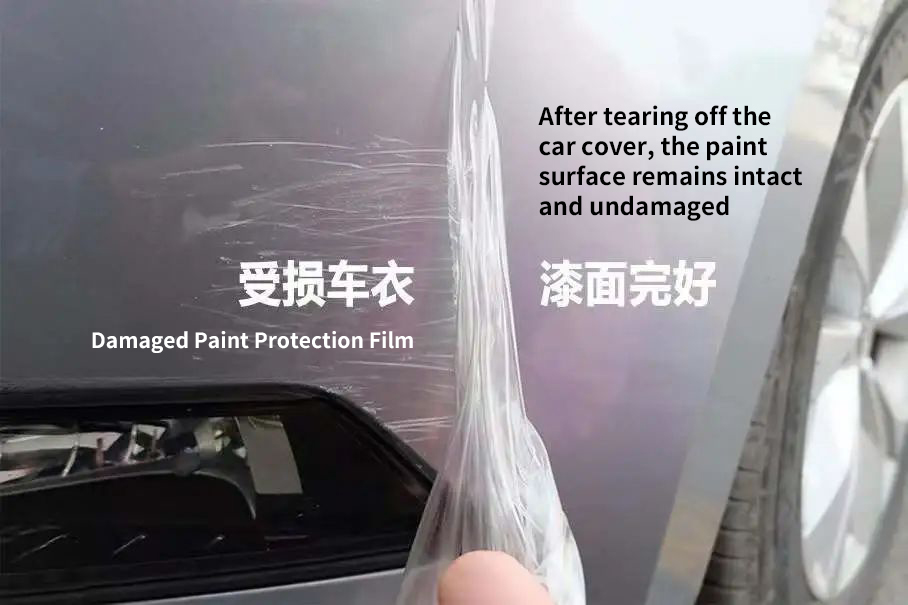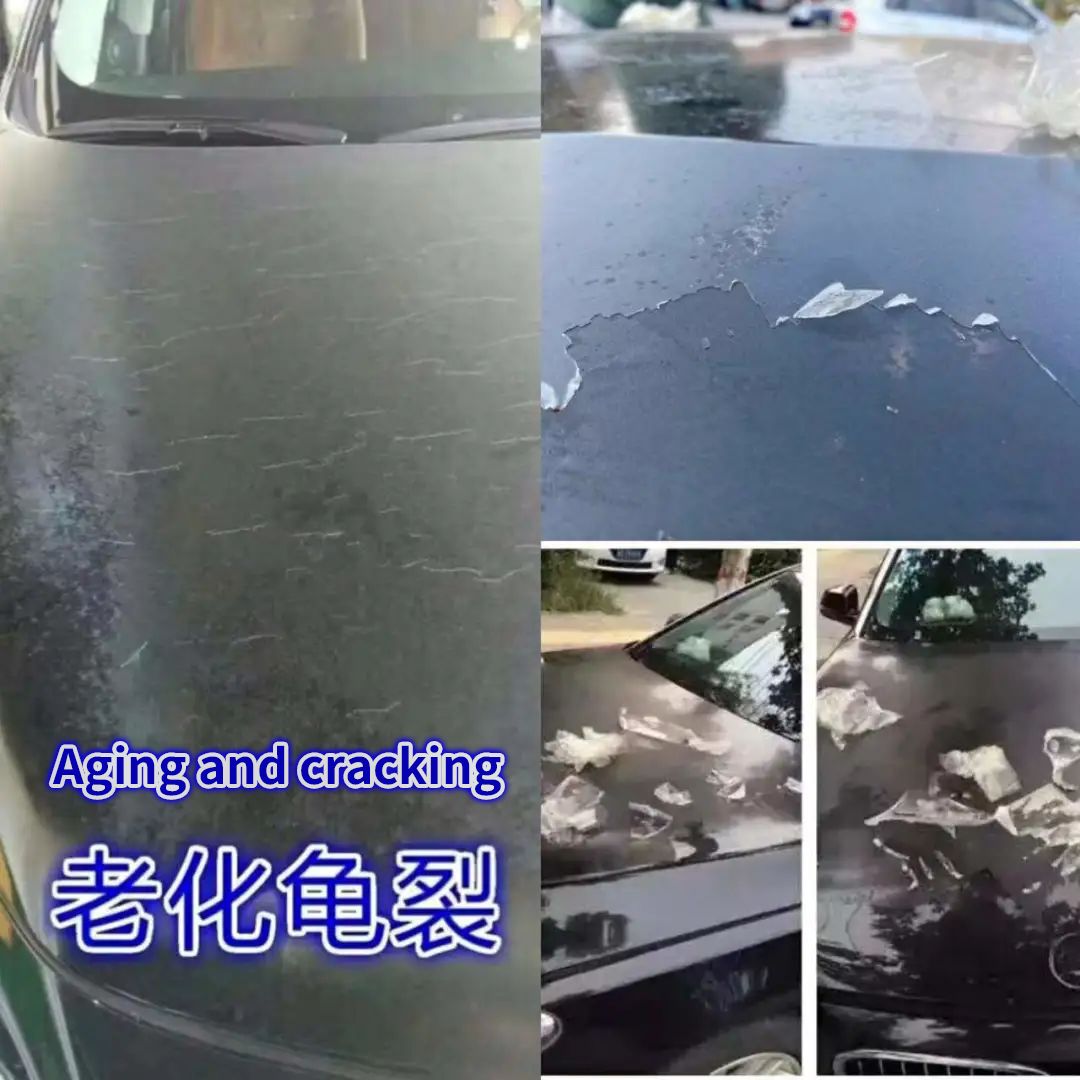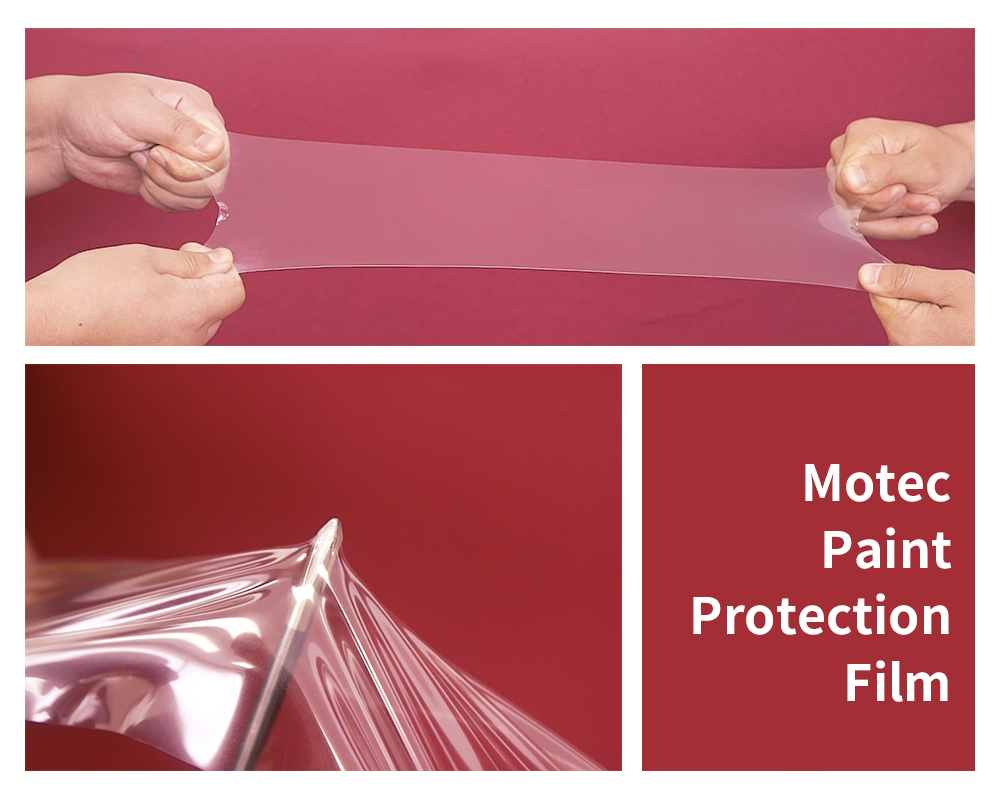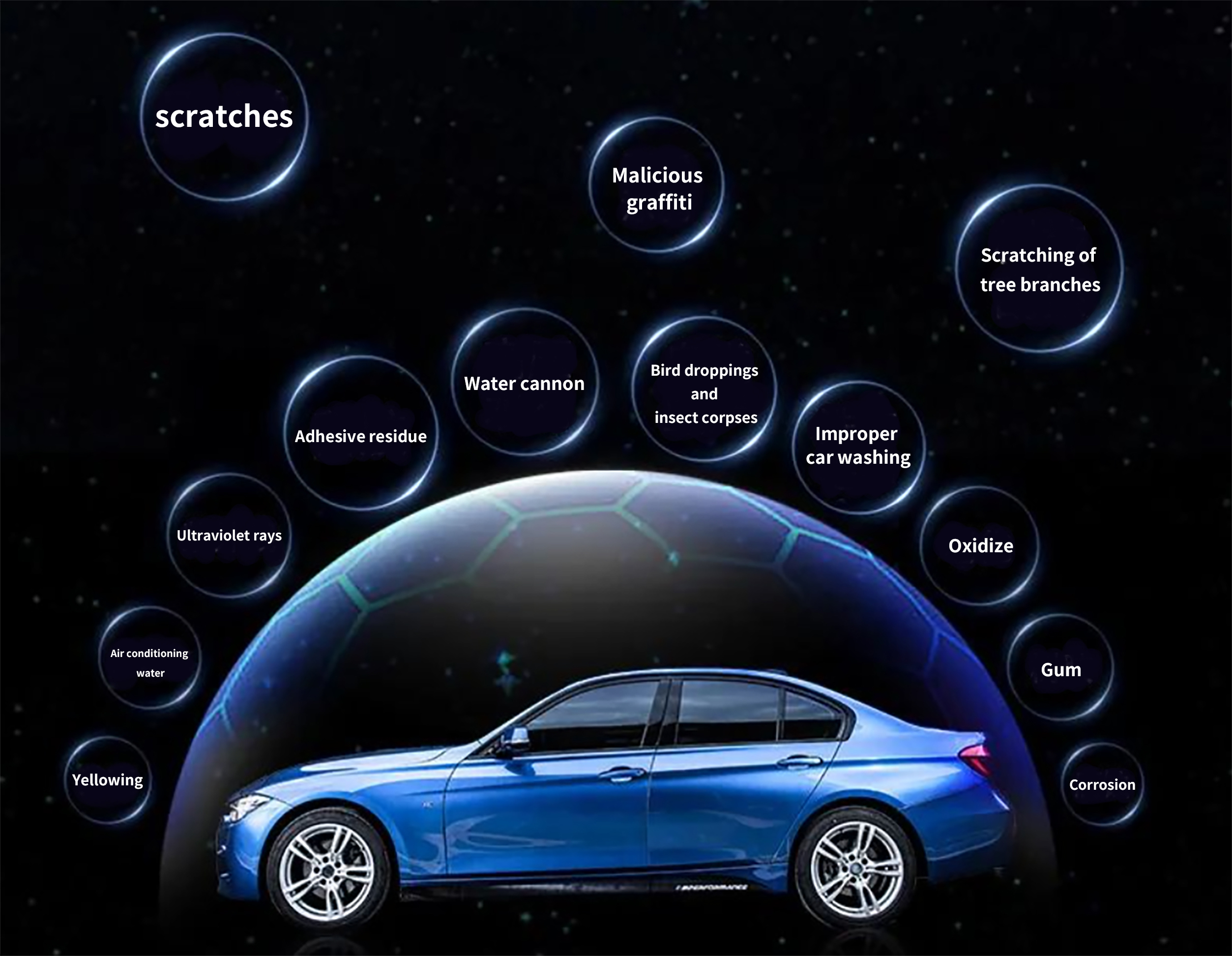As is well known, Paint Protection Film can protect car paint.
After applying the Paint Protection Film, you are no longer afraid of any small scratches or bumps!
But for some car owners who haven't applied Paint Protection Film, the only way is to repaint. Repairing paint is not only time-consuming, but also cost-effective, so more and more car owners are choosing Paint Protection Film. But some car owners have not been exposed to such products, so today the editor will answer some small questions about Paint Protection Film for you.

Can I still apply Paint Protection Film (PPF) after car repainting?
After repainting, PPF can be applied. PPF can only be applied after the repaired car paint has dried completely. It takes 1-2 days for the sprayed paint to dry completely. After applying PPF, it can effectively prevent damage to the car paint caused by scratches, external corrosive substances (acid rain, bird droppings, gum, etc.).
PPF does not require special care after installation, just be careful not to use high-pressure water guns to directly hit the gaps in the car clothes during car washing, as this may cause the clothes to curl and bulge.
How to choose Paint Protection Film (PPF)?
Some low-quality PPFs on the market, due to the use of poor materials, may crack after being exposed to sunlight and ultraviolet radiation for a period of time, which not only affects their appearance but also fails to protect the car paint.

Car owners can choose PPF through the following points!
- 【 Substrate 】
Aliphatic TPU>Aromatic TPU>TPH>PVC
Good PPF is soft and strong in toughness, with excellent ductility. It can automatically repair minor scratches when exposed to heat. And there will be no pungent chemical odor.
- 【 Thickness 】
The common thickness on the market is 6.5/7.5/8.5 mil
Car owners can freely choose according to their needs, and 7.5mil is widely considered the most cost-effective thickness~
- 【 Warranty 】
There must be an original factory warranty provided by the manufacturer, so that even if the store is not available, you can still seek compensation from the manufacturer and feel more at ease.
- 【 Tensile and puncture resistance 】
Choose PPF with high puncture resistance, no fracture after stretching, and no deformation of the membrane after rebound.

Why does PPF also turn yellow?
Some merchants may say "never yellowing" when promoting PPF, but in fact, TPU is a polymer material that belongs to chemical substances and will inevitably undergo irreversible aging. But high-quality PPF manufacturers will strictly control the production process, greatly delaying the speed of yellowing.
Motec Paint Protection Film uses structurally stable aliphatic TPU, which is not easily affected by ultraviolet rays and has a yellowing resistance level of 4 or above (basically no discoloration). It has the characteristics of UV resistance, oxidation resistance, corrosion resistance, pollution resistance, and wear resistance.



